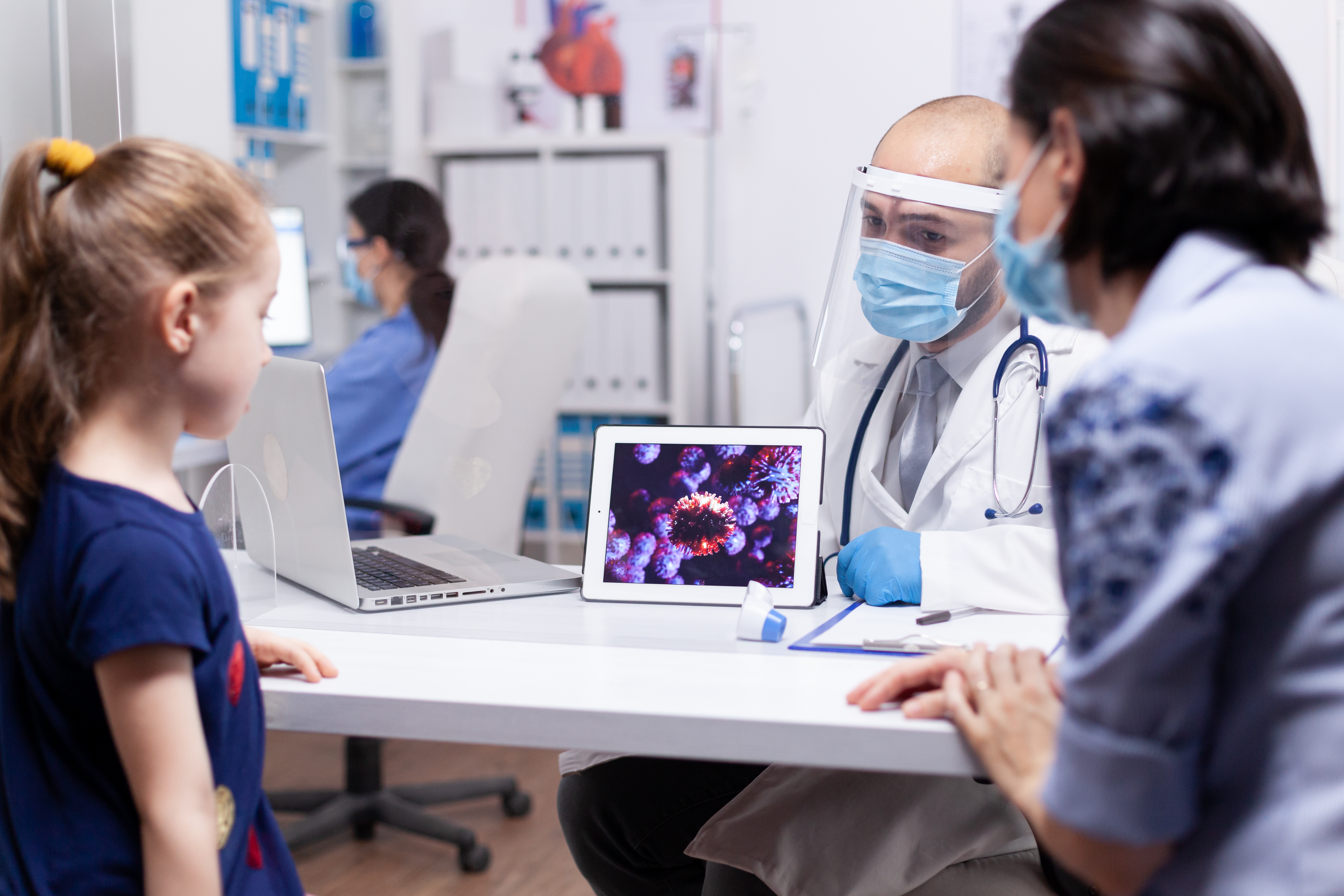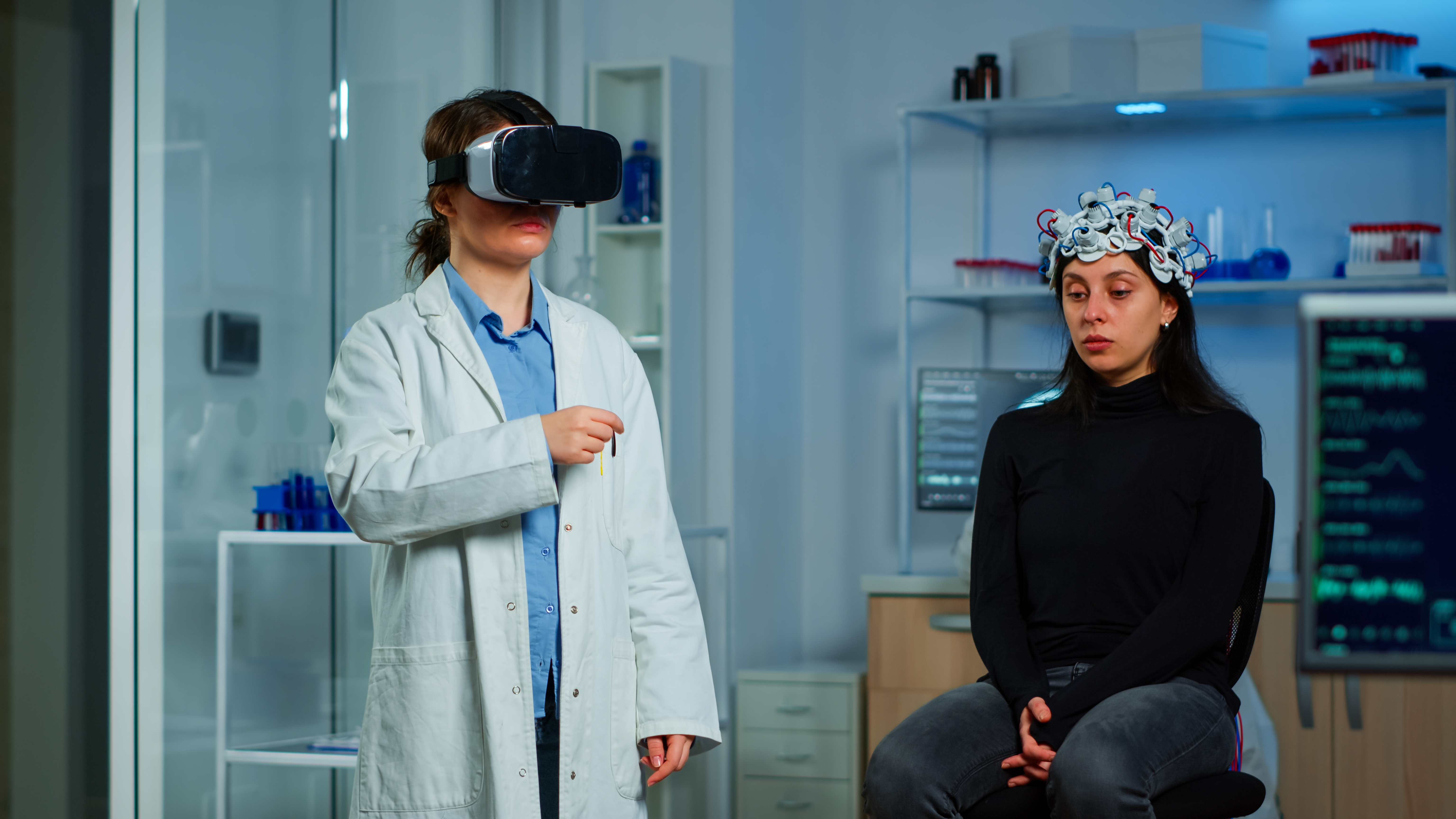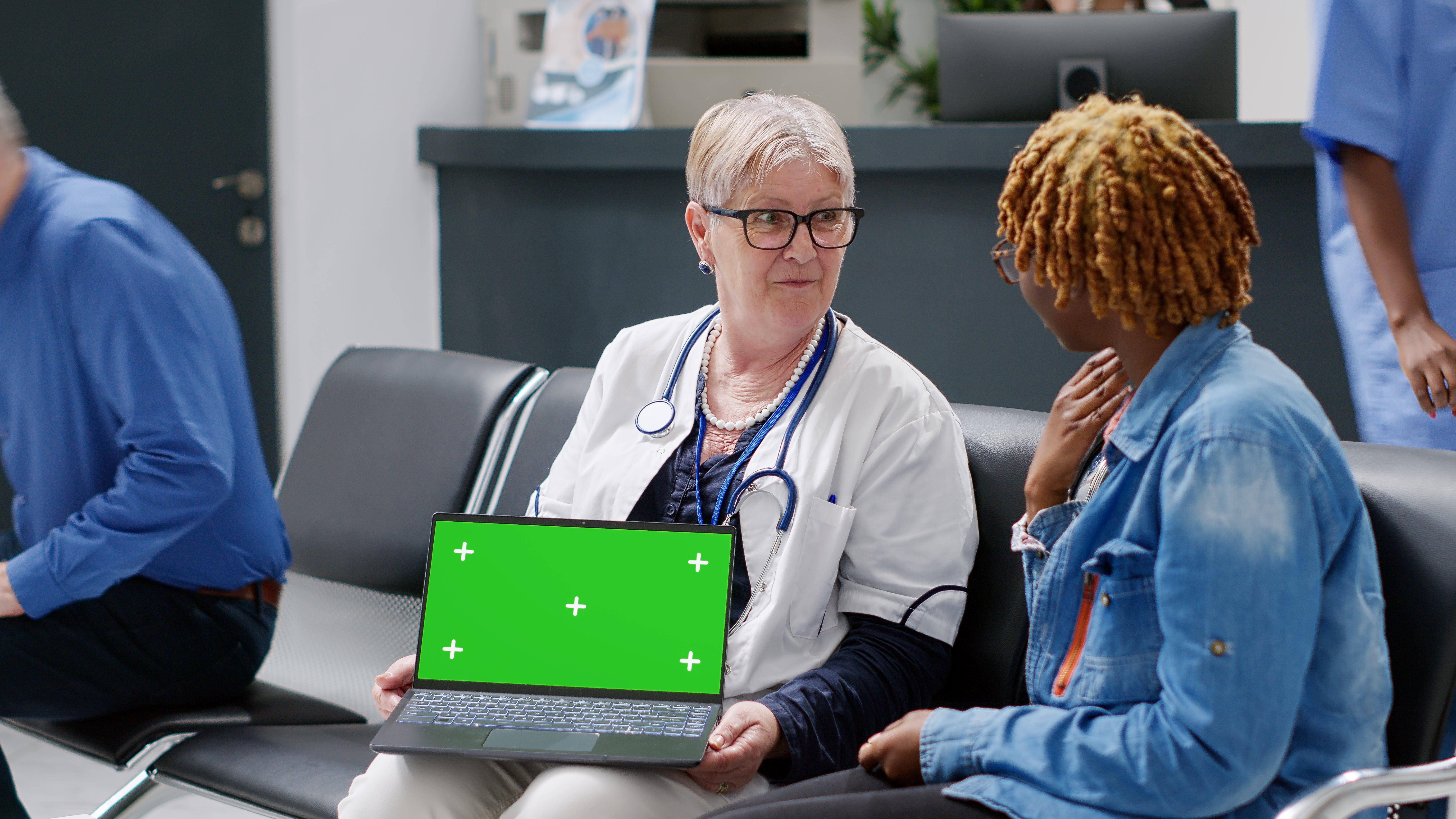Exploring the Future of Healthcare: Innovations in Telemedicine Across Europe

The healthcare industry is changing dramatically as we enter the twenty-first century, especially with the emergence of telemedicine. This cutting-edge strategy, which uses technology to deliver healthcare remotely, has grown significantly throughout Europe. Although the epidemic hastened the uptake of telehealth services, their advantages go well beyond band-aid fixes. We shall examine the fascinating telemedicine advancements that are influencing the direction of European healthcare in this blog.
Mobile health apps, remote patient monitoring, and virtual consultations are just a few of the many services that fall under the umbrella of telemedicine. Enhancing access to healthcare services is one of telemedicine's main benefits, especially for people living in remote or disadvantaged locations. Long-distance travel is no longer necessary for patients to see specialists, which saves them money and time. This change fosters a more fair healthcare system in addition to improving patient happiness.
European nations have advanced their telehealth infrastructure and policies significantly in recent years. Sweden and Denmark, for example, have established strong telemedicine frameworks that are easily integrated into their national health systems. These frameworks make it easier to provide care while maintaining patient confidentiality and data security, two crucial aspects of healthcare. In order to facilitate cross-border service delivery, the European Union has also been instrumental in standardizing telemedicine laws and practices.
The application of machine learning and artificial intelligence (AI) in telemedicine is another fascinating advancement. By facilitating more precise diagnoses and individualized treatment regimens, these technologies are transforming patient care. AI-driven chatbots, for instance, are able to triage patients, offering prompt support and guiding them to the right care. Furthermore, machine learning algorithms might improve clinical decision-making processes by analyzing enormous volumes of data to find patterns that human practitioners would miss.
Another cutting-edge telemedicine feature that is becoming popular in Europe is remote patient monitoring (RPM). Patients can monitor vital signs including blood pressure, heart rate, and glucose levels in real time via wearable technology and smartphone apps. Patients may take control of their health thanks to this ongoing monitoring, which also makes it possible for medical professionals to respond proactively when needed. Better health outcomes and a more involved patient population are the results.
Notable is the incorporation of telemedicine into mental health treatment. In the past, the stigma associated with mental health problems has kept many people from getting treatment. But teletherapy provides a private and practical substitute, facilitating communication between patients and mental health providers. As more European nations realize how crucial mental health is to overall wellbeing, many are adding virtual therapy sessions and support groups to their telehealth services.
Even with all of telemedicine's benefits, there are still issues. Digital literacy, technological access, and reimbursement policies are some of the issues that can prevent telehealth services from being widely used. Stakeholders throughout Europe are working together to create all-encompassing plans that guarantee fair access to technology and encourage digital health literacy in order to address these issues. We can create a more equitable healthcare system by concentrating on infrastructure and education.
Furthermore, the significance of preserving a human touch in healthcare cannot be emphasized as telemedicine develops further. The patient-provider interaction is still essential to providing quality care, even when technology can increase accessibility and efficiency. The use of technology and maintaining the compassion and understanding that are vital to patient care must be balanced by healthcare providers.
The prospects for telemedicine in Europe appear bright. Future developments like augmented reality (AR) and virtual reality (VR) will open up new avenues for patient education and care. For instance, AR can help surgeons during intricate procedures, while VR can be utilized for pain treatment and rehabilitation. These innovations are prime examples of how telemedicine has the power to change not just how we provide care but also how we as patients receive it.
To sum up, telemedicine is a paradigm shift in the way healthcare is provided throughout Europe, not only a band-aid solution. Accessibility, justice, and the human aspect of care must be given top priority as we adopt these advances. By doing this, we can build a more compassionate and effective healthcare system in the future. The path to a healthcare system powered by telemedicine is well under way, and the opportunities are endless. One thing is certain as we continue to investigate this fascinating area: telemedicine is at the forefront of a promising future for healthcare.



